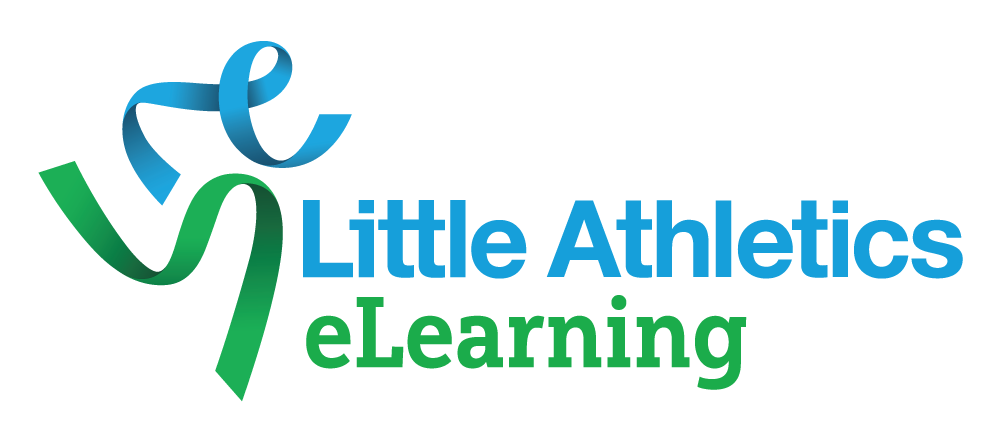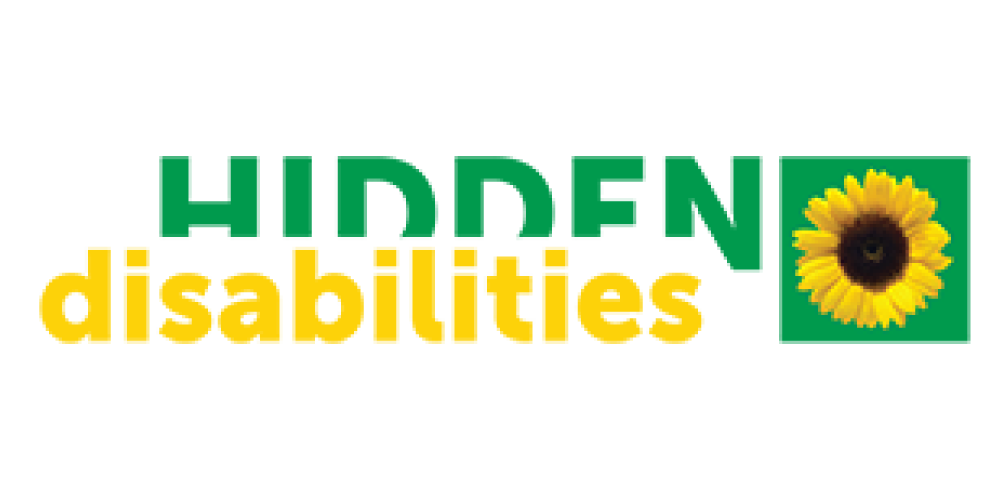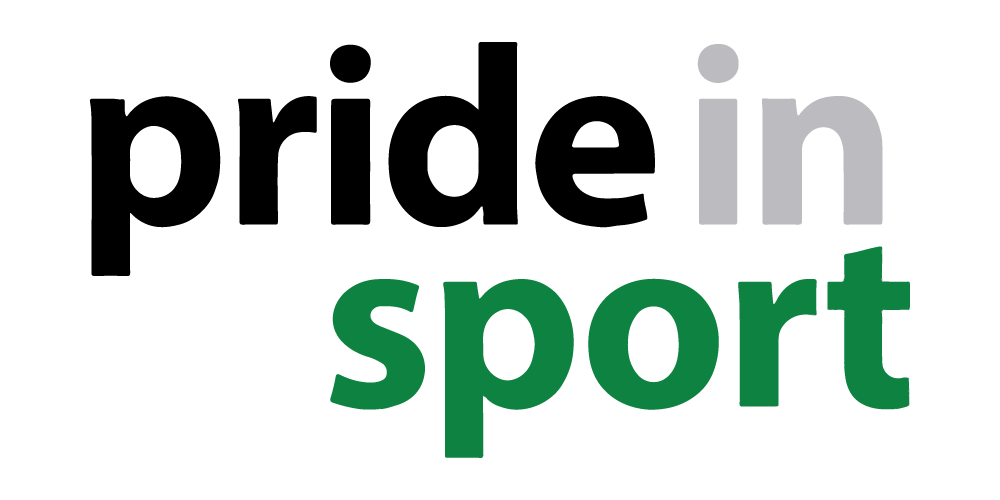Inclusion Of Athletes With Disability
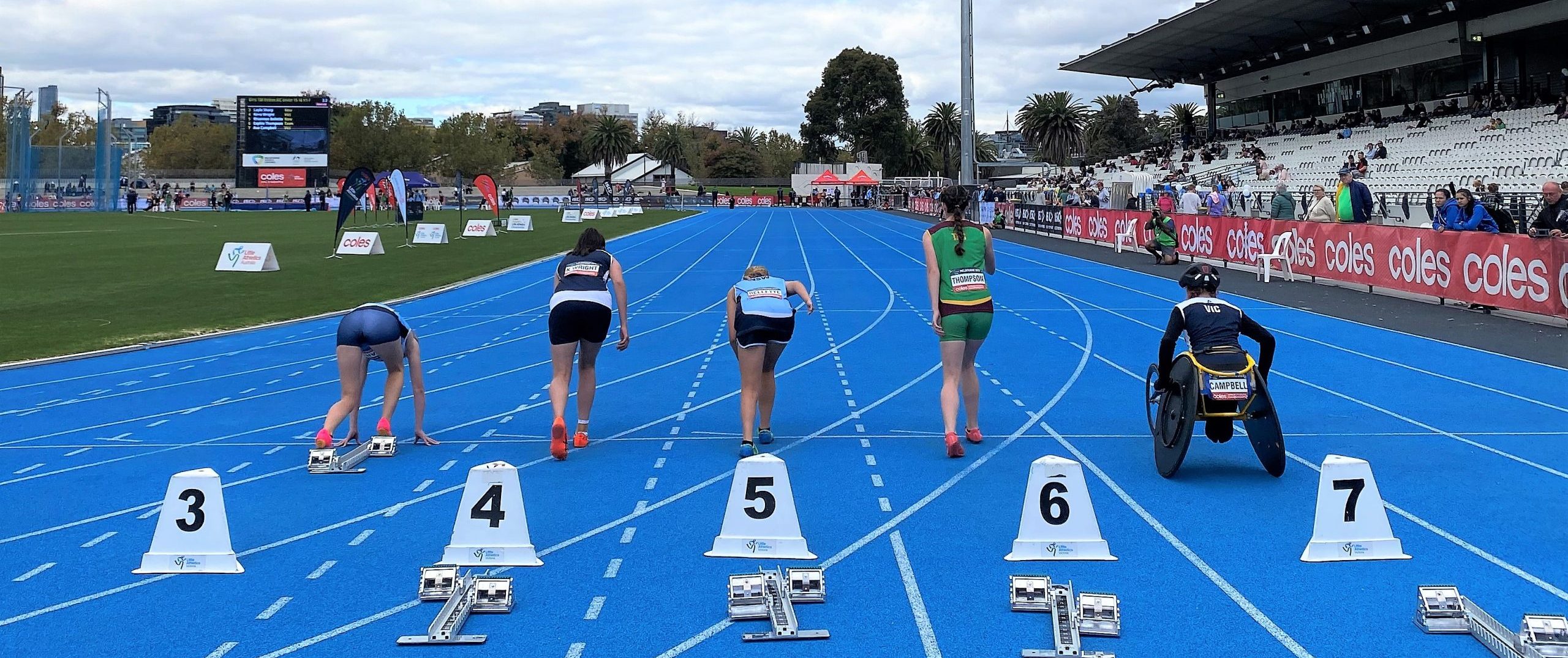
True Inclusion is creating an environment and culture so athletes with disability have fun, make friends, learn new skills and compete fairly against their peers. Around 1 in 6 people in Australia have disability (4.4 million people)1.
People with disability are less likely to participate in sport2 because of;
- Structures
- Rules and regulations.
- How people access the environment.
- Provision of equipment.
- Attitudes
- Willingness of the Centre to be inclusive.
- Willingness to adapt our teaching and coaching style.
- Willingness to modify rules and regulations at the Centre.
People with disability receive the same physical, mental, and social benefits from athletics as people without disability.
How can I include athletes with disability in a way that is fair and meaningful?
When planning how to include all athletes, it is important to first think about the experience for the athlete and how we can remove systemic barriers so that the competition is fair. What does this look like?

Equality
Equality is providing everyone with the same supports.
They are being supported equally but are not included fairly.

Equity
Equity is providing each person with the supports they need, which might be different, so they have equal access.
They are being supported differently and are included fairly.

Inclusion
True Inclusion is removing the systemic barriers so that the cause of inequality is addressed.
Supports are then provided to each person based on what they need to participate.
The TREE framework* is a guide to help you modify Little Athletics

TREE is to modify the;
T – Teaching/coaching style
R – Rules and regulations at the Centre
E – Environment
E – Equipment
*Developed by the Australian Sports Commission and adapted by Little Athletics Australia.
Teaching/Coaching style
How the volunteer, parent or coach organises the events, encourages skill development and communicates information to athletes.
- Understand the needs of the individual.
- Get to know the athlete.
- Ask the athlete or parent, what support they may need don’t assume their needs.
- Parents can support the athlete on the field if needed.
- Learn more about their disability.
- Learn more about how to adjust your coaching to meet the athletes’ functional abilities.
- Put yourself in the position of the athlete with disability and think about how they feel about your coaching. Make sure they do not feel disadvantaged, left out, or treated differently in a way that leaves them behind.
- Include the athlete in every activity – there are plenty of modifications so everyone can participate.
- Use simple words and clear communication.
- Use short sentences.
- Use similar instructions between each event.
- Keep regular/similar routines.
- Minimise distractions from lights or sound.
- Break the events down to small steps.
- Use demonstration or videos.
- Check for understanding of each step.
- Some steps may need to be practiced in isolation.
- Build upon each step as the skill is learned.
- Repeat the steps or event as many times as needed.
- Offer more opportunities to practice.
- At all steps use lots of praise.
- Use games to learn the skills in a less competitive environment such as throwing games to learn the same skills.
- Foster a positive club environment.
- Provide positive feedback or praise.
- Feedback is immediate and specific to the action. “Well done you kept your arms bent while running”.
- Acknowledge achievements.
Rules and Regulations at the Centre
Can be modified at the Centre so athletes can participate.
Think about the purpose of the rule – how can the rule or regulation be modified to help an athlete to participate ie length of race, height of hurdle, jumping from a mat not a board. See events.
Rules are important to sport as they provide structure and create the environment for fair and meaningful competition. Rules in Little Athletics can be modified at the Centre so everyone can participate.
Environment
Changes you can make to the physical space to be inclusive:
- To provide a space that everyone can access and use, it is important that the parking lot, entry to field, field, track, viewing area, and amenities can be used by everyone. Think about the;
- Benches or chairs located at specific areas for athletes who need to sit down between events.
- Surface.
- Lighting.
- Temperature.
- Noise.
- Organisation / layout of equipment – store equipment in the same way each time.
- Athletes and adults – how do people move between events?
- Distractions – can any be eliminated/reduced?
- Plan for where athletes will participate in each event using the list above.
- Conduct a brief environmental scan before each meet to check that the environment has not changed and adjust for safety, for example recent rain can cause mud which makes the ground slippery.
Equipment
Modify athletics equipment or use disability related Assistive Technology so the athlete can participate. We have more information on Assistive Technology suppliers.
- Athletes with disability will likely need a seat while waiting at and between events.
- You can change the height, size, colour, shape, weight, texture or the noise which equipment makes.
- Ask athletes and problem solve with them which equipment might be useful to them. They may need to try it a few times.
- Have a feel and a trial yourself with different equipment.
- Have a variety of different weights and sizes of athletics equipment available.
- Use your imagination and be creative!
Sources
2Australian Bureau Statistics https://www.abs.gov.au/statistics/people/education
1Australian Institute of Health and Welfare https://www.aihw.gov.au/
City for all women initiative – https://www.cawi-ivtf.org/equity-inclusion/equity-and-inclusion-home-page
TREE framework https://www.sportaus.gov.au/sports_ability/using_tree
